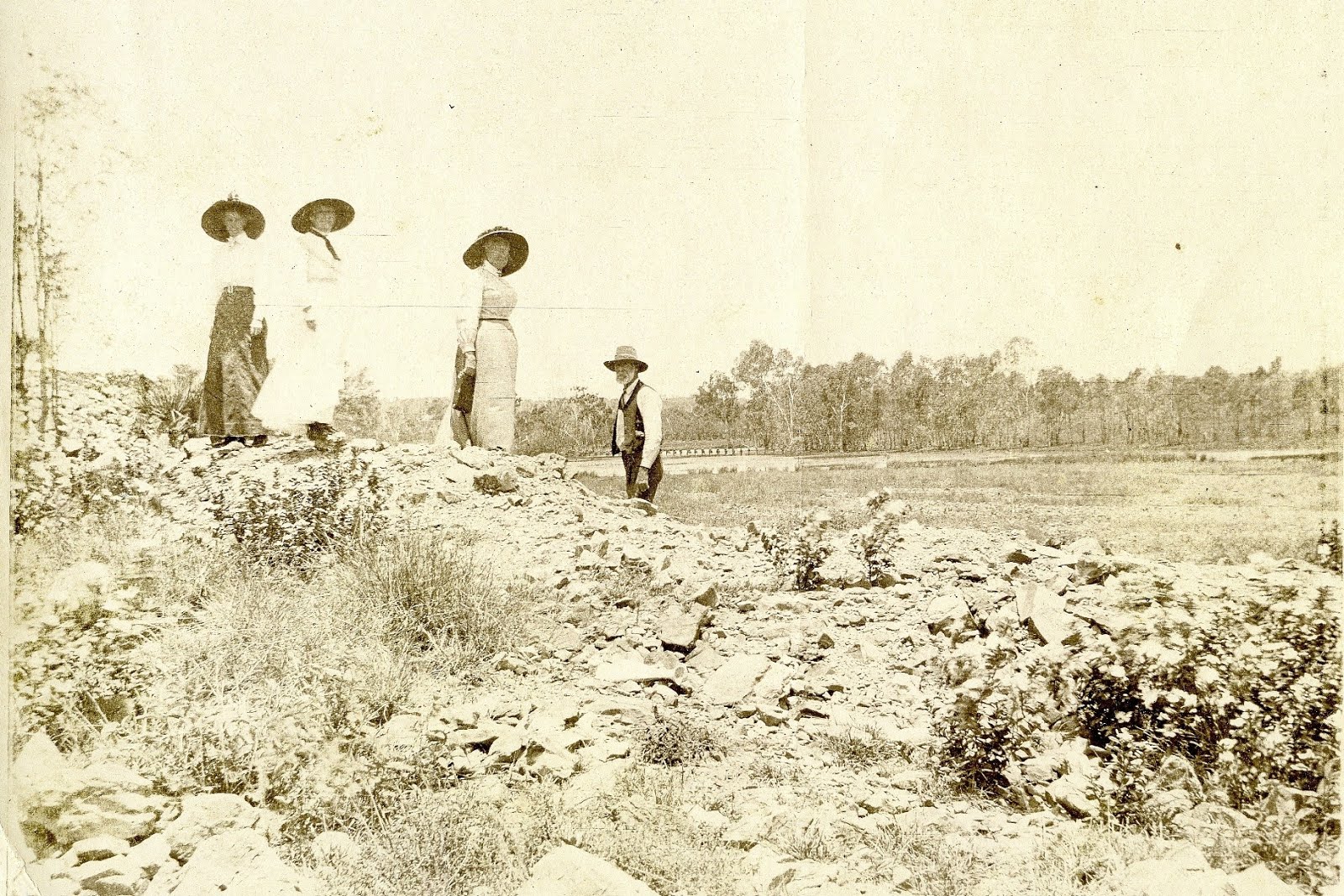 |
| RUPERT AND KING GEORGE V. Source: lighthorse.org.au |
You couldn't have more different worlds than the Australian bush and Buckingham Palace but a horse named Rupert experienced both of them.
Rupert was born in 1894 at Grosvenor Downs, a 550 square
mile cattle station in the Australian outback. He was also the horse that
carried King George V of England (the grandfather of Queen Elizabeth II) around
during ceremonial duties for over ten years.
Before my great grandfather, John Clark, bought Grosvenor
Downs, the station was owned by Alexander McDonald (a Scot) and his wife
Isabella Clark (Isabella was my great grandfather’s half- sister).
For the horse enthusiasts, Rupert was a black Australian
Waler, a horse breed renowned for their endurance, who stood at 15.3 hands. Walers
are a combination of Arab, Thoroughbred and Timor Pony. Many were exported to
India as cavalry remounts. The Waler became legendary in the Middle East during
World War One when they were used as horses for the Australian cavalry. It
wasn’t uncommon for them to go two days without water and cross hundreds of
miles of desert with little rest then having to charge Turkish gun emplacements
at the end of it. Truly amazing horses.
Thankfully Rupert avoided military service. He was
exported to India in 1903 from Grosvenor Downs and was sold to a Lieutenant
Boyd in the Horse Artillery. During a visit to India in 1906, the Prince of
Wales (as King George V was then), took a shine to Rupert and offered to buy
the horse. In the letter I have from the Royal Archives, the Prince bought
Rupert but in the story I heard, the Lieutenant thought he would be breaching
royal protocol if money was exchanged, and instead he gave Rupert to the Prince
as a gift. Rupert returned to England with Lieutenant Boyd and was accommodated
at the Prince’s London home, Marlborough House.
King George rode him in the funeral procession of his
Father, King Edward VII and a review of Australian troops during World War One.
The story is that he rode Rupert in the funeral cortege of his father, as he
could sit higher in the saddle than his despised cousin, Kaiser Wilhelm II of Germany.
Families—don’t you love them?

No comments:
Post a Comment